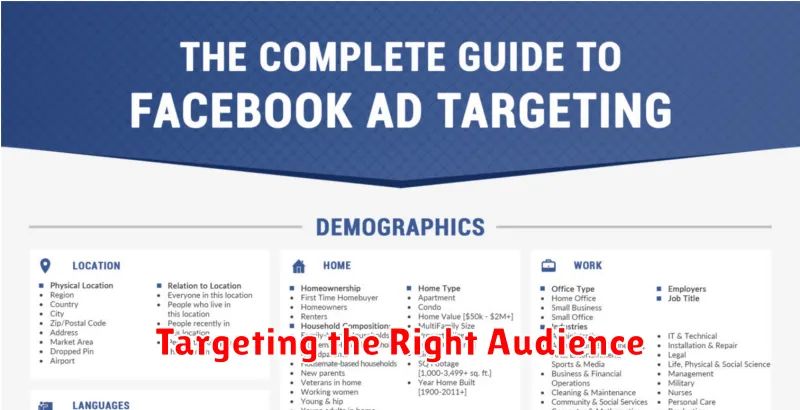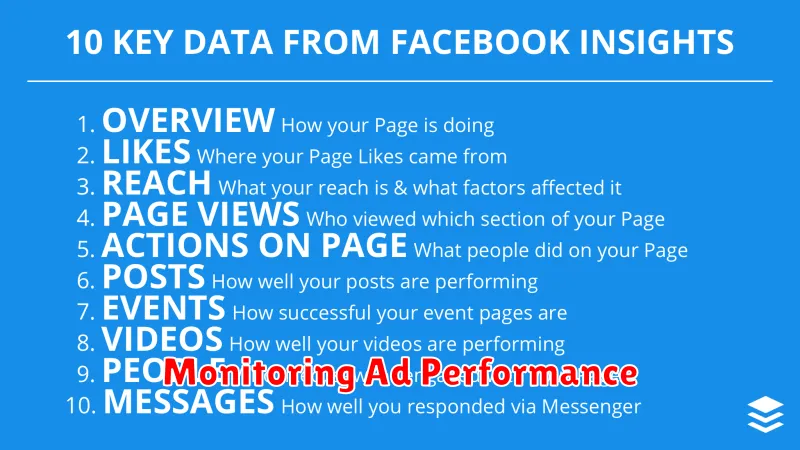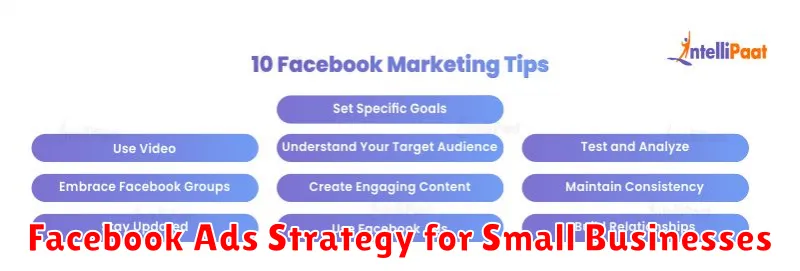Are you a small business owner looking to leverage the power of Facebook Ads? In today’s digital landscape, a robust Facebook Ads strategy is crucial for reaching your target audience and driving business growth. This article will provide a comprehensive guide to developing an effective Facebook Ads strategy for small businesses, covering everything from setting clear objectives and defining your target audience to creating compelling ad copy and optimizing your campaigns for maximum ROI. Whether you’re new to Facebook advertising or looking to refine your existing approach, this guide will equip you with the knowledge and tools you need to succeed.
Learn how to effectively allocate your advertising budget, choose the right Facebook ad formats, and utilize targeting options to connect with potential customers. Discover the secrets to crafting engaging ad creatives that capture attention and drive conversions. We’ll also delve into the importance of performance tracking and campaign optimization to ensure you’re getting the most out of your Facebook Ads investment. This article serves as your essential roadmap to navigating the complexities of Facebook Ads and achieving your small business marketing goals.
Understanding Facebook Ads
Facebook Ads are a powerful tool for reaching potential customers. They allow businesses to target specific demographics, interests, and behaviors, ensuring your message reaches the right audience. This targeted approach is crucial for small businesses working with limited budgets.
There are various ad formats to choose from, each serving a different purpose. Consider your marketing objective when selecting an ad format. Some common formats include image ads, video ads, carousel ads (showing multiple images or videos), and collection ads (allowing users to browse products directly within the ad).
Understanding how Facebook’s ad auction works is key to a successful campaign. Bidding and relevance score are two important factors that influence ad delivery and cost. A higher relevance score, based on the perceived quality and engagement of your ad, can lower your costs and improve visibility.
Creating a Business Manager Account
A Business Manager account is essential for organizing and managing your Facebook advertising efforts. It provides a central hub for controlling your ad accounts, Pages, and team members.
To create a Business Manager account, follow these steps:
- Go to business.facebook.com.
- Click “Create Account”.
- Enter your business name, your name, and your business email address.
- Click “Next”.
- Provide your business details, such as address and phone number.
- Click “Submit”.
After creating your account, you can add your ad accounts and Facebook Pages. You can also add team members and assign them different roles and permissions.
Key benefits of using a Business Manager account:
- Centralized management of your Facebook assets
- Improved security and control over your ad accounts
- Streamlined collaboration with team members
- Detailed reporting and analytics
Targeting the Right Audience

One of the most powerful features of Facebook Ads is its robust targeting capability. For small businesses, this means you can ensure your ads are seen by the people most likely to be interested in your products or services, maximizing your return on investment.
Defining your ideal customer is the first step. Consider their demographics (age, gender, location, education, income), interests (hobbies, activities, favorite brands), and behaviors (online shopping habits, device usage). Facebook provides detailed targeting options allowing you to refine your audience based on these factors.
Utilizing Facebook’s targeting options like demographics, interests, and behaviors allows for laser-focused campaigns. You can also create custom audiences based on website traffic, email lists, or engagement with your Facebook page. Furthermore, lookalike audiences allow you to reach new people who share similar characteristics with your existing customers.
Testing different targeting options and analyzing the results is crucial for optimization. Continuously refine your approach to improve your campaign performance and reach the most receptive audience.
Designing Compelling Creatives

Your creatives are the first thing potential customers see. Visually appealing and engaging content is crucial for grabbing attention in a crowded newsfeed. Design choices significantly impact ad performance, so invest time in crafting high-quality visuals.
Use high-resolution images or videos that are relevant to your product or service. Keep your message concise and focused on a single, clear call to action. Avoid cluttered designs and prioritize readability.
Experiment with different creative formats. Consider using carousels to showcase multiple products or a single product from various angles. Short videos can effectively demonstrate product usage or highlight key features.
Always consider your target audience when designing your creatives. What kind of imagery and messaging will resonate with them? Tailor your designs to their specific interests and needs.
Monitoring Ad Performance

Regularly monitoring your Facebook ad performance is crucial for optimizing campaigns and maximizing your return on investment (ROI). Consistent tracking allows you to identify what’s working and what’s not, enabling data-driven decisions.
Key metrics to monitor include:
- Click-Through Rate (CTR): Measures how often people click on your ad after seeing it.
- Conversion Rate: Tracks the percentage of people who complete a desired action (e.g., purchase, sign-up) after clicking your ad.
- Cost Per Click (CPC): Represents the average cost you pay for each click on your ad.
- Cost Per Acquisition (CPA): Indicates the average cost you pay for each conversion.
Utilize Facebook Ads Manager to access these metrics. Analyze data trends to understand campaign effectiveness. For example, a low CTR might indicate a need to improve ad creatives or targeting, while a high CPA might suggest adjustments to bidding strategies or landing page experience.

